
Start up
Passion. Potential. Pitches. Don't miss any of the 2025 New Venture Challenge excitement.
Tune in Friday, April 11 at 1 p.m. for great ideas and fierce competition. Then, join the judges, mentors, spectators and teams as they see who is going home with thousands of dollars in venture financing. The awards broadcast begins at 6:30 p.m. and one team will walk away as the overall best venture.
Central Michigan University’s College of Business Administration is the home of the Isabella Bank Institute for Entrepreneurship and the first Department of Entrepreneurship in the state of Michigan. We are a student-centric hub where experiential, curricular, and external entrepreneurial opportunities intersect.
Our mission is to maximize student success by fostering a campus-wide entrepreneurial mindset that promotes inter-disciplinary collaboration and the creation of new ventures.
We aim to create innovative programming, boost cross-campus and ecosystem collaboration and provide a comprehensive mentoring program.
Our institute provides extracurricular opportunities and is open to all undergraduate and graduate CMU students.
Are you interested in becoming an entrepreneur?
Every journey is unique. Explore the opportunities that interest you.
Troy Hicks had a message about artificial intelligence for teachers attending a professional development event on Central Michigan University’s campus: Don’t fear it; look to its potential.
The teachers were participants in “Writing our Futures,” an intensive multi-day professional development institute hosted through a partnership between the Chippewa River Writing Project and The Literacy Center. Both are part of the College of Education and Human Services.
Most literacy curriculum focuses on reading, with too little on writing, said Chad Waldron, co-director of The Literacy Center. The goal of the institute was to help correct that imbalance and encourage kids to make writing an integral part of their lives.
That starts with a broader understanding of what is meant by writing, he said. Today, writing can incorporate more modern concepts made more accessible by technology, such as pictures, video and even memes.
.jpg?sfvrsn=6dec9e7c_6)
It’s a much different understanding than what is a genre of writing exclusive to schools, said Meghan Block, co-director of the Literacy Center. Book reports are an example.
“Outside of school, does that necessarily exist,” she said.
AI can play a role in that. At the start of his presentation, Hicks, director of the Chippewa River Writing Project, asked the teachers to write down their impressions of AI as it related to teaching writing. The responses included words and phrases like “cheating,” “replacing” and even “final nail in the coffin.” Later, the teacher who wrote that explained that he meant AI could kill off a sense of authenticity in writing.
Hicks’ presentation focused on integrating AI tools into the writing process rather than using them to create a finished product. AI has the potential to help students know how to begin a writing project, which is valuable in that many students often struggle with getting started, Waldron said.
At the end of the presentation, Hicks asked the teachers to reassess their perceptions of AI’s role in teaching writing. This time, participants used words like “useful,” “creative” and “flexibility” to describe it.
The institute is an annual program of the Chippewa River Writing Project, which itself is a local center for the National Writing Project. Its goal is to promote the best practices in teaching writing, Hicks said.
There is an overlap between its mission and The Literacy Center, which exists to support literacy in local communities. While the CRWP provides resources primarily to teachers, The Literacy Center also connects children to tutors.
This is the first year the two have collaborated on the CRWP’s summer institute. The collaboration was made possible by an anonymous donation. The donation covered the institute’s costs, including stipends for participating teachers.

Explore special opportunities to learn new skills and travel the world.
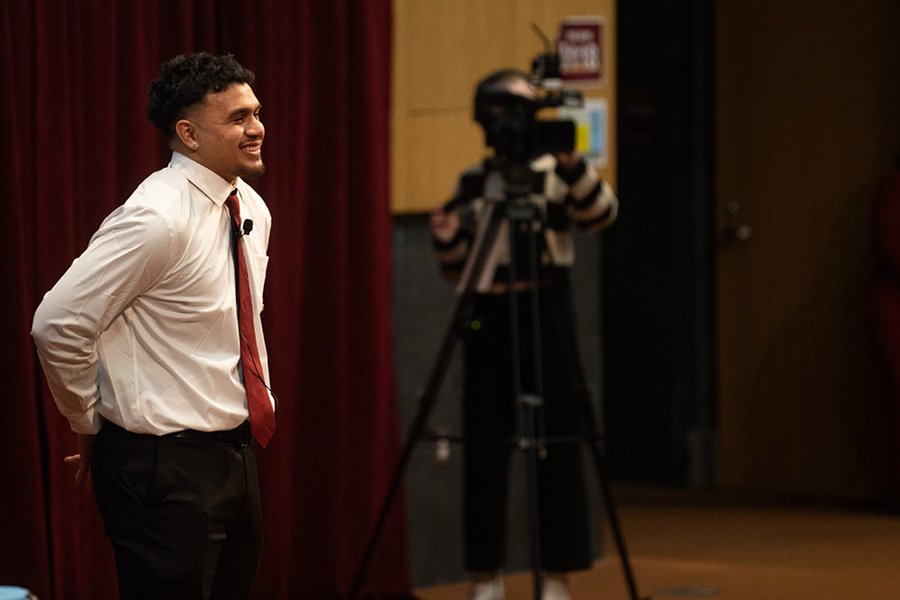
Present your venture and win BIG at the New Venture Challenge.
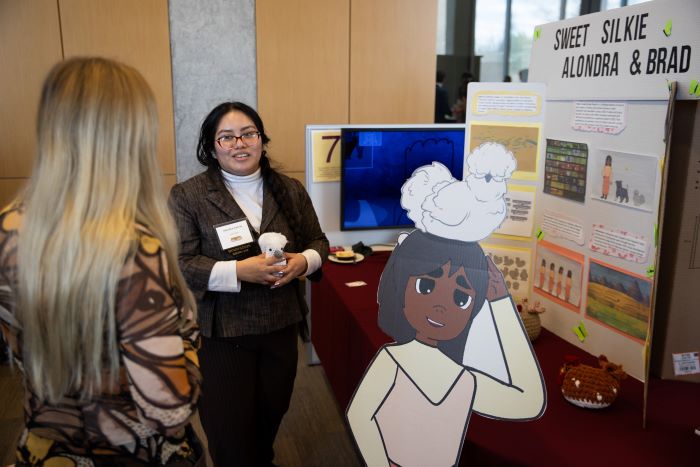
Boost your entrepreneurial skills through our workshops, mentor meetups and pitch competitions.
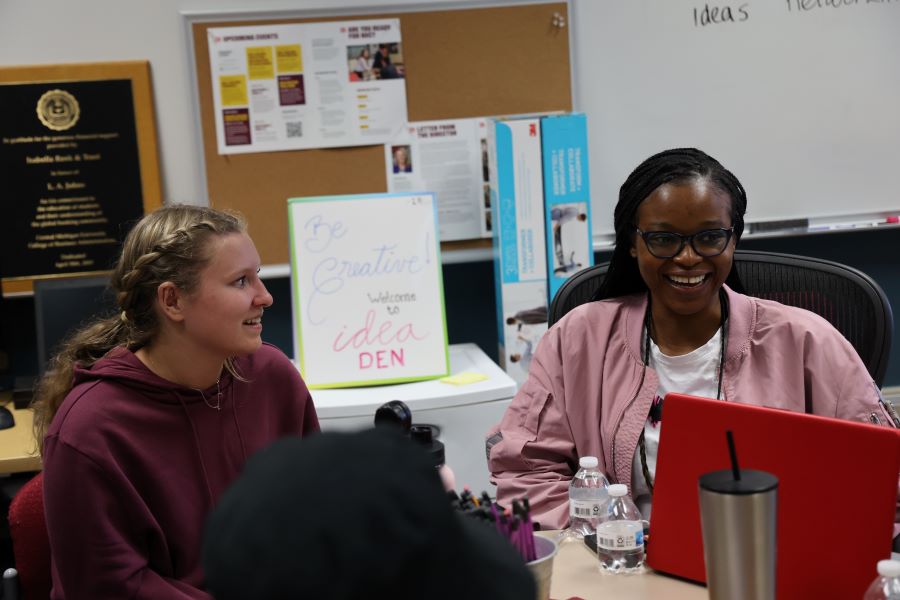
Learn about the entrepreneurship makerspace on campus in Grawn Hall.

Present a 2-minute pitch at the Make-A-Pitch Competition and you could win prizes and bragging rights!
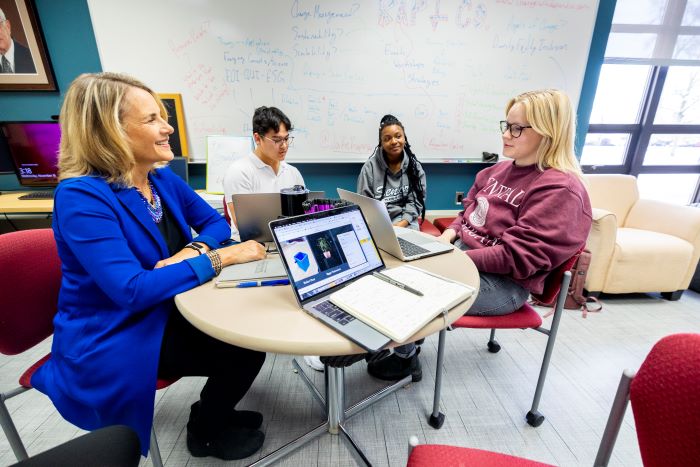
Connect with mentors and faculty who are here to support the next generation of CMU entrepreneurs.
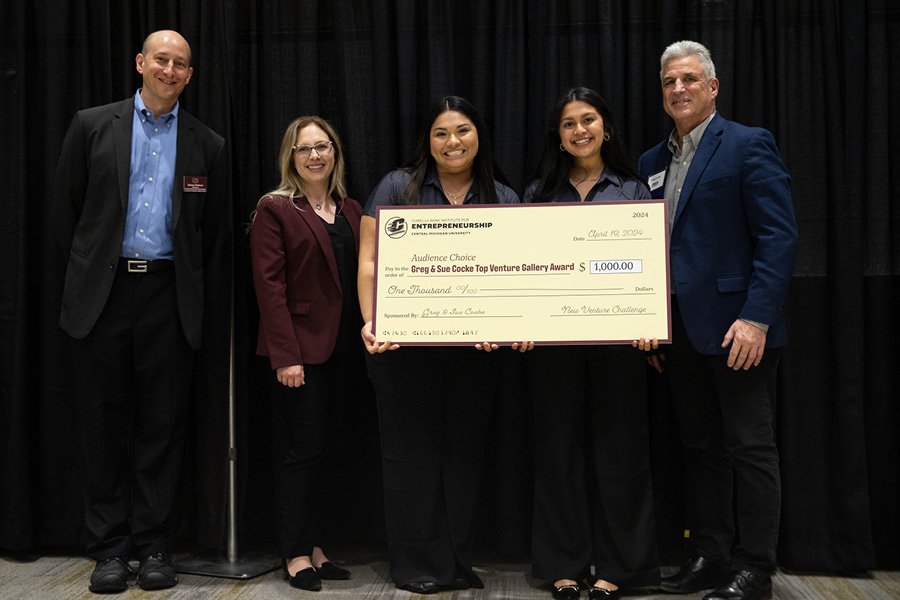
Are you a CMU alum looking to support CMU student entrepreneurs? Learn how you can support or donate to the Entrepreneurship Institute.